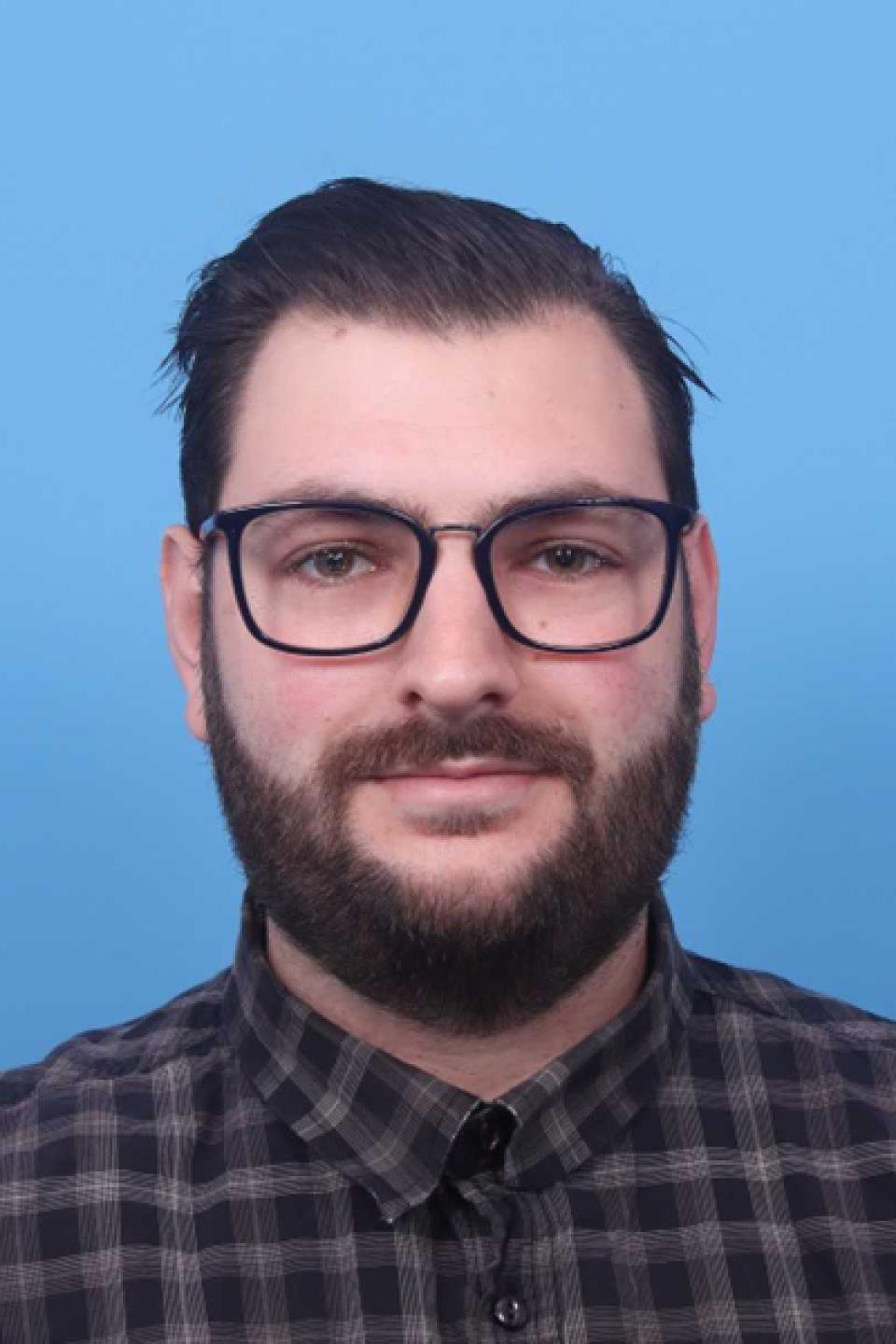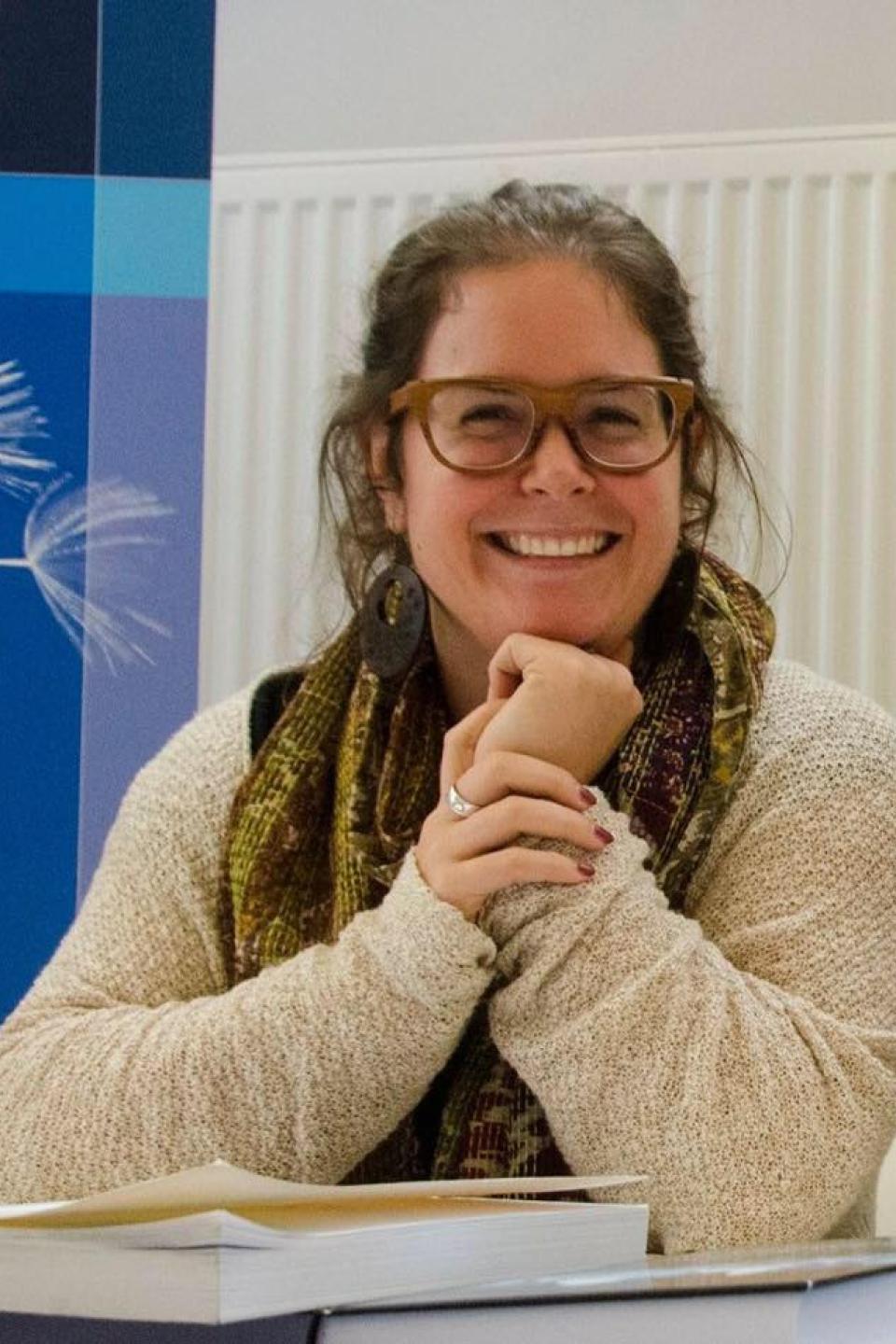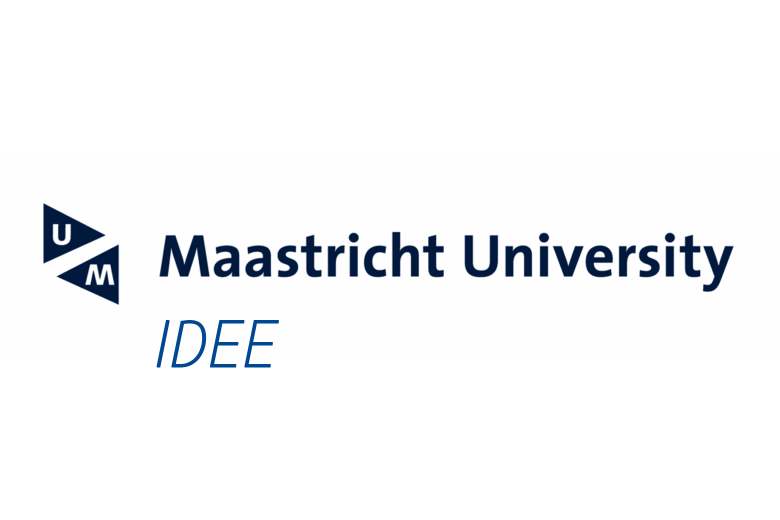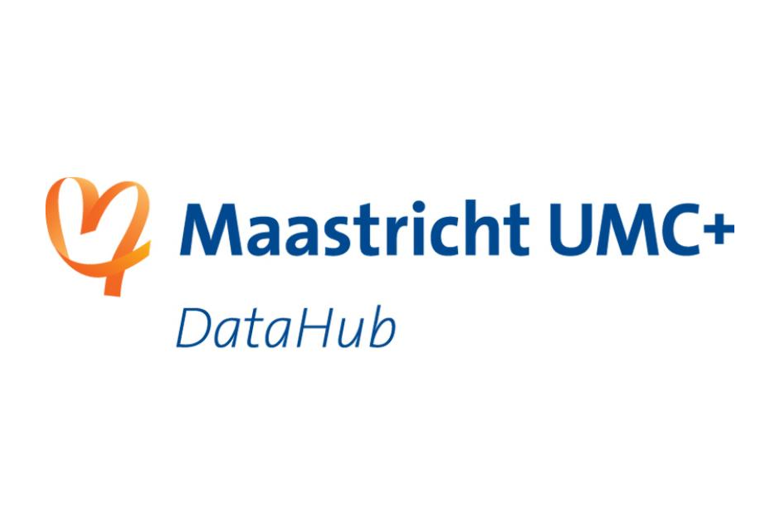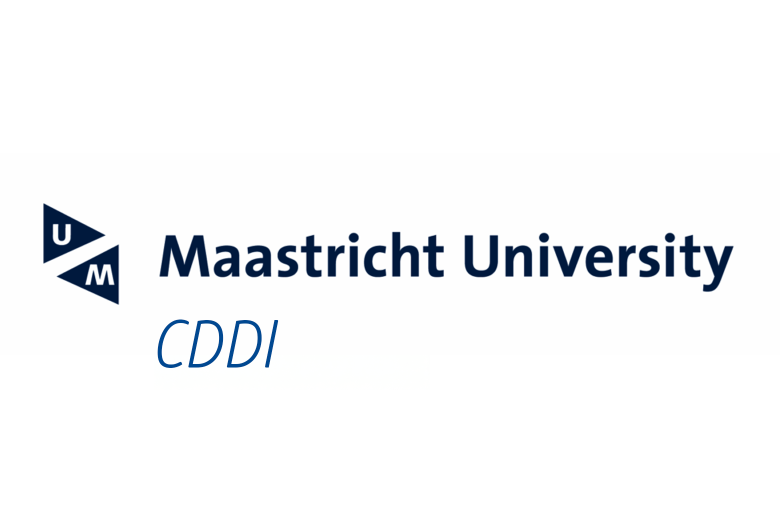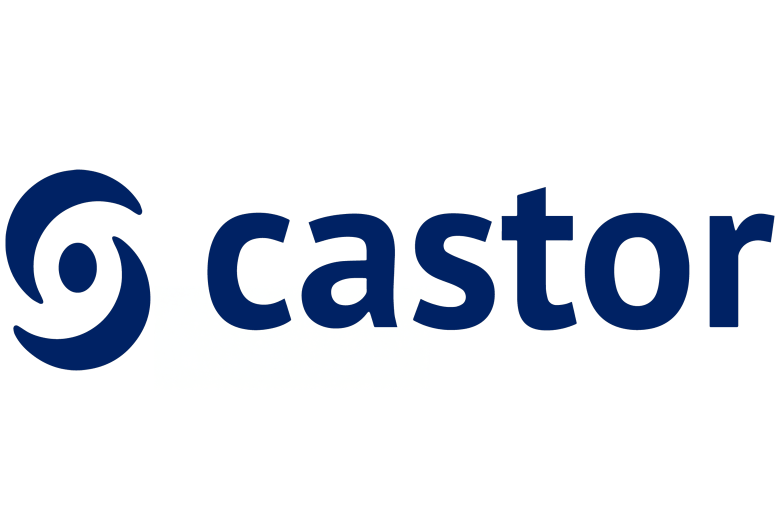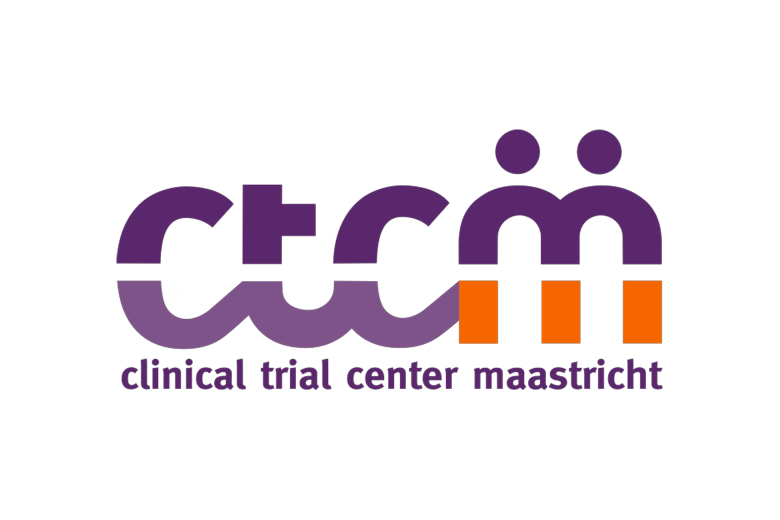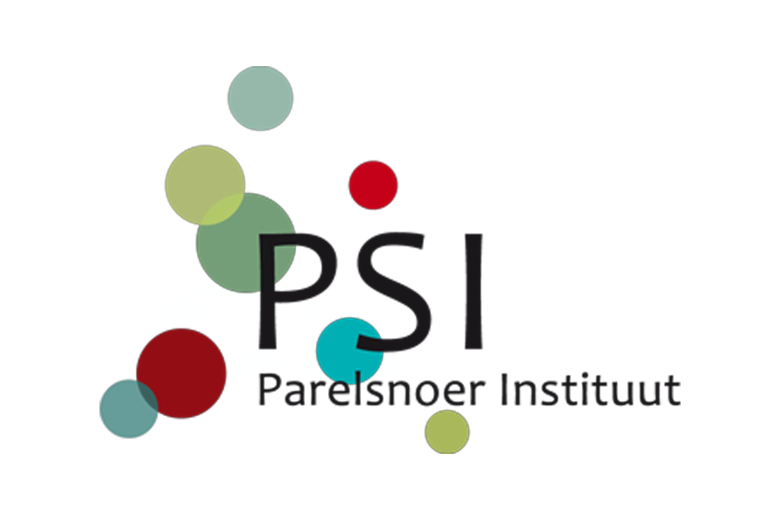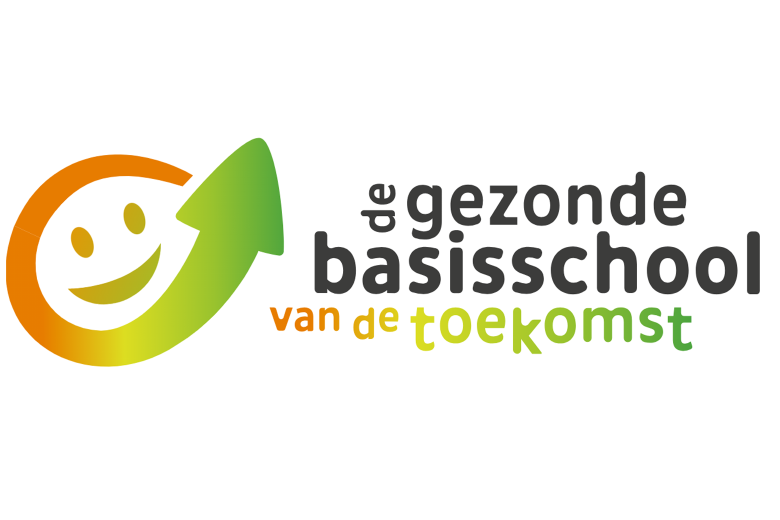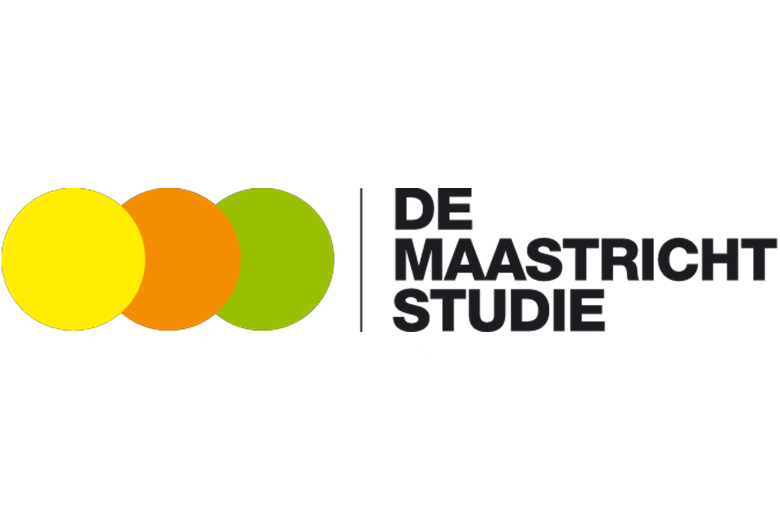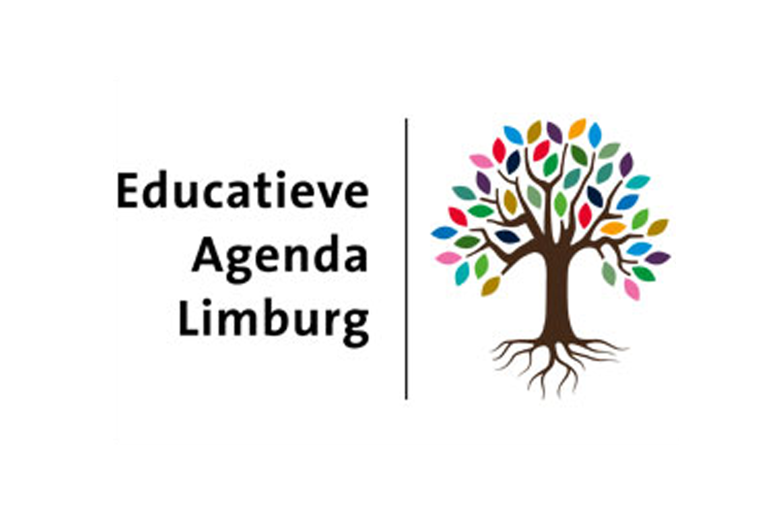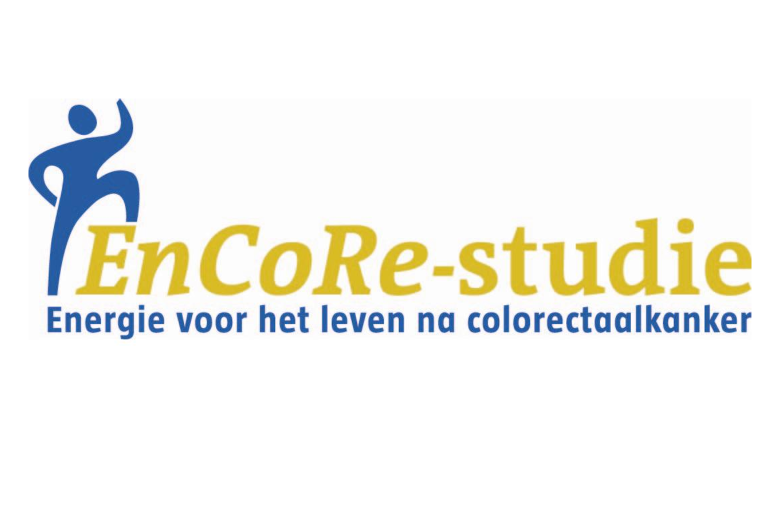We aim to enhance the mechanical properties of PLA by synthesizing disentangled ultra-high molecular weight (UHMW) PLA that can be converted into high strength/high modulus fibers and films while maintaining the biocompatibility and biodegradability. In particular by tailoring the reaction conditions as temperature, the catalyst and monomer concentrations it will be possible to influence both molecular weight and entangled state of the synthesized nascent polymer. Considering that the processing will be performed below melting temperature, thermal degradation in the polyester will be avoided.
The background knowledge acquired in the synthesis of a polyolefin like Ultra High Molecular Weight Polyethylene (UHMWPE) will be applied/adapted to a different polymerization technique like ring-opening. Mechanical deformation of the semi-crystalline polymer into solid-state uniaxial and biaxial oriented structures is achieved by regulating the entangled state in the amorphous region. These studies have been limited to polyethylene only and no such studies have been performed on polyesters. The methods to follow disentangled state of the synthesized polymer will be developed using the existing characterization techniques, such as rheology, DSC (and temperature-modulated DSC), solid-state NMR and solid-state processing below melting temperature of the as synthesized nascent polymers.



